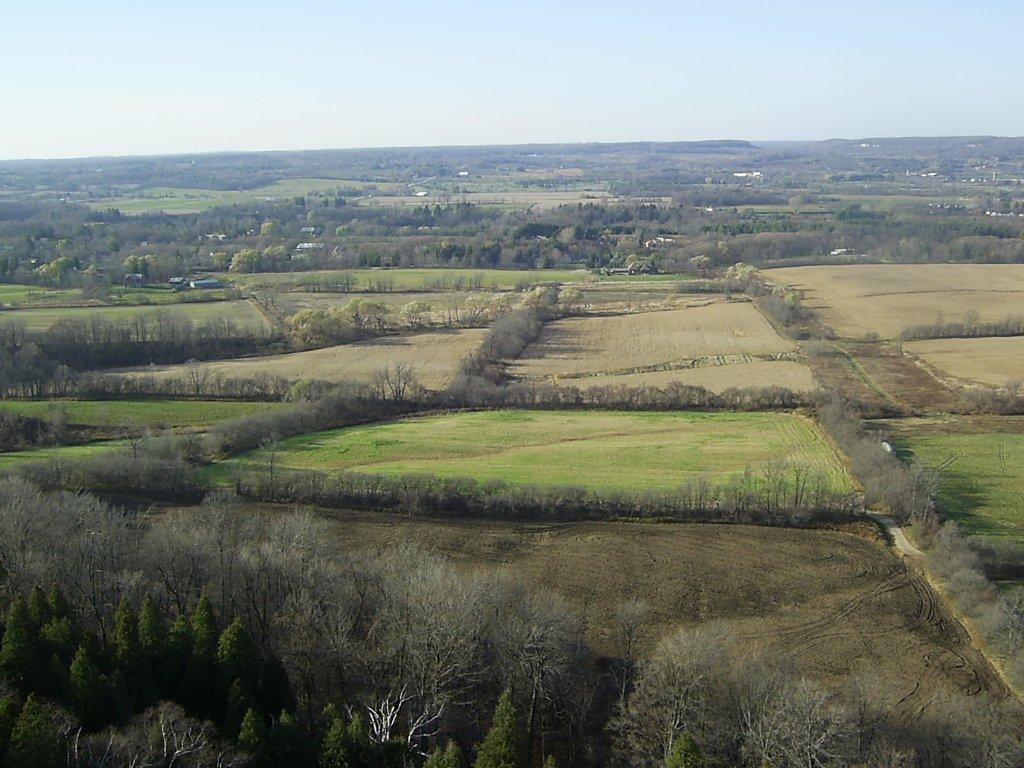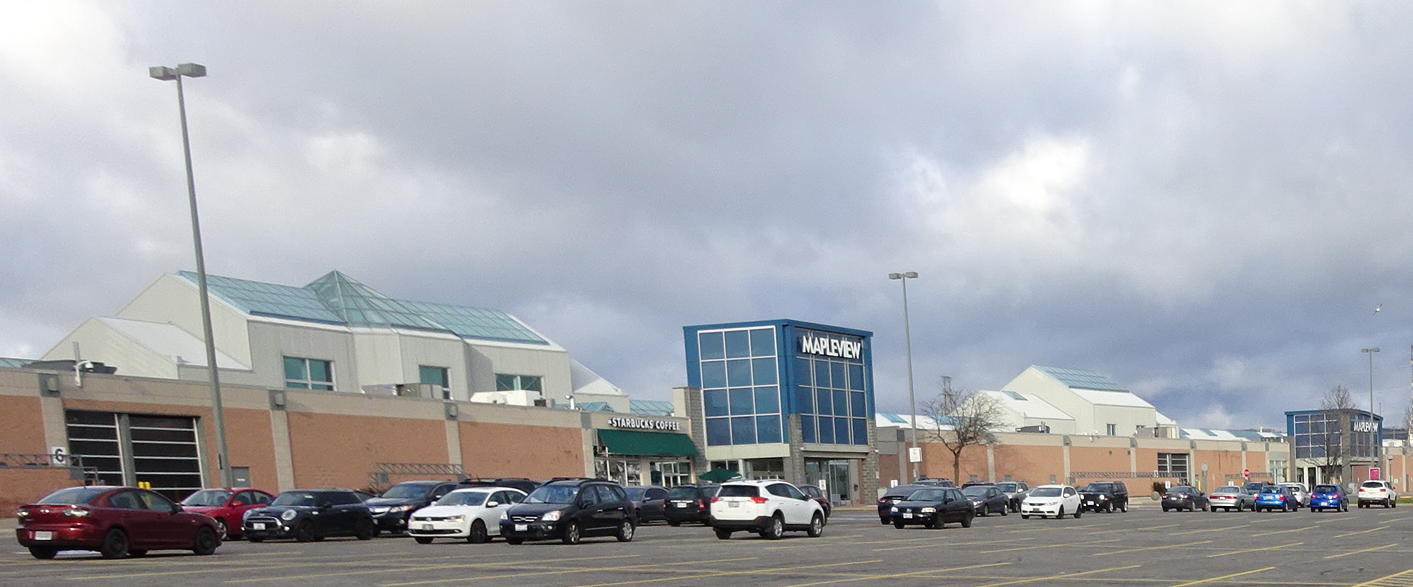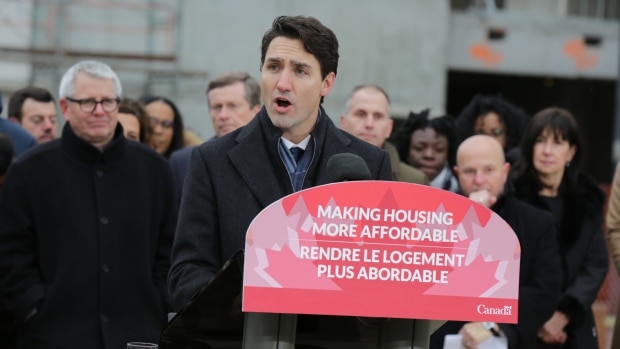 By Ray Rivers
By Ray Rivers
December 11th, 2017
BURLINGTON, ON
This is one of a several part series on affordable housing
Over the 20th century the world’s population grew by 400 percent despite two world wars which killed off tens of millions of young people of child rearing age. Canada ranks 2nd in the planet by land mass but only 38th by population. Still we have multiplied from seven million in the early 1900’s to five times that number today.
Statistics Canada is projecting that we’ll be fifty or sixty million by the middle of the century. The post-war baby boom and the baby boom echo have been a big part of our growth. But that has now concluded as Canada, like other developed nations, has seen its natural birth rate plummet, for all but our indigenous communities.

Immigrants who landed in Canada and came through Pier 21, which is now a museum. This country was built on the backs of these people – they are us?
We are a nation of immigrants, including our first nations whose numbers were devastated by smallpox and other imported diseases introduced by the European settlers. Over the last decade Canada had welcomed roughly 250,000 migrants a year. More recent immigration plans will bumped these numbers to the point where we’ll be taking in a million more people over the next three years. And of course there is ongoing pressure to admit more refugees.
So even if we don’t actually have more children to take our places there will still be increased demand for housing. And most of those immigrants will be moving to cities in southern Ontario, Alberta, BC or Quebec, where housing markets are already relatively tight pushing up the demand and therefore the price of housing. Still, demographics is only one factor in this equation when it come to housing demand and supply.
Land use and fiscal (tax and government spending) policies also play a role. After all for most people their home is their biggest investment, and yet capital gains on that investment is tax-exempt, making ownership very desirable. A second or third home can also be a good source of rental income, in addition to being an appreciable asset.

Everything north of Dundas and the 407 is rural – no development except in the hamlets; Kilbride, Lowville. The housing growth will have to be south of the dividing line.
BC and Ontario recently introduced special taxes on non-resident owned property, a policy which has been credited with discouraging speculation and cooling down their steamy housing markets – at least for now. Some municipalities are considering additional taxes on vacant homes in order to encourage landlords to better utilize the existing housing stock. And then there is the impact of Air B&B, influencing house market dynamics – the conversion of long term to short term rental units adding new challenges to rental markets.
Developers and the real estate sector decry the constraints on land development, such as they see with the provincial Green Belt. Their biggest complaint is that this impacts there ability to convert cheap farm land into masses of single family homes, traditionally the most sought after type of housing, but also the least efficient. Why grow food when it so much more profitable to grow houses.

Once some of the best farm land in the province. “…they paved paradise and put up a parking lot.”
Burlington was once home to some of the best farm land in Ontario. Nothing epitomizes its unfortunate transition to today’s urban form more than Mapleview Mall – where maple trees are no more. Indeed this development gives real meaning to Joni Mitchell’s song ‘Big Yellow Taxi’ – they paved paradise and put up a parking lot. It symptomatic of the demise of low growth rustbelt cities like Detroit, Cleveland and Hamilton at one time or another.
Highly touted GO commuter service is of little use if your job is scattered among the scads of low density industrial sprawl areas throughout the GTA. Spending up to half of one’s working day just commuting is crazy! And then there is the cost of that transportation, a huge price to pay for living the old ‘50s California suburban dream.
So the provincial planning whiz kids dreamt up this ‘places to grow’ stuff which municipalities treat as license to continue sprawl under another name. And of course developers love it. Because they can now make even more money than before building higher density homes on that same old cheap farmland, and occasionally tearing down low rise apartments to reach for the sky.
And there is the matter of municipal zoning policy. Originally designed to protect Dick and Jane in their comfy split-level from the horrors of industrial pollution, zoning has become the true enemy of sustainable living, creating silos in our cities which can only be broached by the automobile.
One only has to look at the parking lot at Mapleview during the Christmas season to get the point or Costco anytime. Strip malls, big box stores and shopping plazas have replaced the local corner store for much of what we buy. And nobody walks to get there. More recently on-lines sales and home delivery, à la Amazon, are threatening to re-shape the future of the shopping mall as consumers literally take to heart that old jingle – ‘let your fingers do the walking’.
Hong Kong has been called the best city for commuters with extensive public transportation options and one of the lowest car ownership rates. 38% of commuters use bicycles or walk to work and shop. And extremely high urban density has made transit both economic and a convenient way of moving about the city. But then do we really want to live in a city where you sleep in a tower and travel to get to anywhere else thorough a canyon?

Prime Minister Trudeau announces a $40 billion dollar federal-provincial partnership deal to match the need for more affordable housing.
Mr. Trudeau recently announced a $40 billion dollar federal-provincial partnership deal to match the need for more affordable housing with real substance. It was one of his promises in the last election. That will require provincial buy-in, something which would have been easier back when more provincial governments also wore the red party colours. Nevertheless it is an ambitious undertaking. And of course money alone will not solve the matter of housing affordability.
Demographics, tax and land use policies are the keys to shaping the future of housing and urban development period. Next week, in this column, we will explore options and entertain possible solutions as we put some meat onto these bones we’ve now laid bare.
 Ray Rivers writes weekly on both federal and provincial politics, applying his more than 25 years as a federal bureaucrat to his thinking. Rivers was a candidate for provincial office in Burlington in 1995. He was the founder of the Burlington citizen committee on sustainability at a time when climate warming was a hotly debated subject. Tweet @rayzrivers
Ray Rivers writes weekly on both federal and provincial politics, applying his more than 25 years as a federal bureaucrat to his thinking. Rivers was a candidate for provincial office in Burlington in 1995. He was the founder of the Burlington citizen committee on sustainability at a time when climate warming was a hotly debated subject. Tweet @rayzrivers
Background links:
Population Growth – StatsCan Projections – Population of Canada–
Birth Rate in Canada – AIRBNB – Hong Kong Housing –
Bad Policies – Market Bubble – Housing Outlook –
Liberal Housing Election Promise – Housing Announcement –
















I think it is fair to say that businesses/industries will go where they want to be and need to be for business purposes, not where bureaucrats tell them to go. Look at the Maritime provinces … Planning fails when it engages in social engineering.
I think the point Stephen is making is valid and I would like to add my support. The point you stated about urban sprawl is true and it is a model left over from the 50’s-70’s. Some densification is certainly appropriate. However that in itself is an old model unless it is coupled with a couple of other concepts. First is one which Toronto embarked on in the early 80’s … promoting living downtown. I was taken aback on a trip to Dallas around 10 years ago as to the emptiness of the downtown area after 6pm. They have their bar strip where there is some activity but nothing like Toronto. A good lesson for all cities. The second and more profound is technology. Much of the work in many jobs can be done from anywhere there is internet of sufficient quality and capacity. Whether it is a work from home full-time or part-time, there is a huge positive impact that can be made even if most workers of this kind could work at home 50% of the time. Secondly, policy and planning at the provincial level should be creating more centres of industry. We have areas, like London which used to be more prominent but could be again. What we need is public policy and infrastructure to support these centres. I would suggest that this list should include:
– Hamilton
– Barrie
– London
– Windsor
– North Bay
– Sudbury
– Sault St. Marie
– Thunder Bay
– Kingston
– St. Catherines
– Peterborough
The government can lead by planning and slowing moving some of its operations to these cities. I realize this was done in the past and retrenched back to Toronto but that was long before there was the great technical capabilities of today.
I look forward to your planning insights in the next edition.
….Mike
Mr. White – thanks for your input. Of course you can’t move people to where they don’t want to go in a democracy, unlike the USSR’s Mr. Stalin who was less so constrained. And if enough people felt that we had already grown too much and too fast, they might ask their government to lower Canada’s immigration targets. And to your general point, we are not alone in having densified urban areas despite also living on a large land mass – Australia is even more urban centered, despite an arguably greater extent of habitable land.
The land mass area for Hong Kong is 2,754 square km. It is 30.5 square km. for Macau, and 36.193 square km. for Taiwan. By comparison, Canada is 9,985 million square km. Not exactly a reasonable comparison. Transportation models for countries with highly concentrated populations in a limited land mass aren’t feasible here because you don’t have the same population density. Canada’s geography is also considerably different from Hong Kong.
This is a big country. We do not have to shoe-horned 33 million people into three metropolitan centres. We have regions in this country that are declining in population, notably, the Maritimes. We have older residents who are moving from cities to rural or less habited communities because they can cash in on rising real estate populations, or, in some cases, because they can no longer afford rising taxes live in places like Toronto or Vancouver. Those cities with declining populations would benefit from an influx of younger people, but what they lack are good paying jobs and employment opportunities. We have a large number of Aboriginal People in isolated communities that are lacking in services, employment opportunities and educational facilities.
Toronto and Vancouver, and probably the GTA, are about at the point where they are maxed out. Pushing more and more people into the area will only lead to a diminution in the quality of life, denigration of existing neighbourhoods, more traffic congestion, increased commute times, and a lower quality of life. I’m not suggesting we tear up farmland or promote urban sprawl, but we should be looking at promoting growth in places like the Maritimes, northern Ontario, and former one industry towns like Timmins and New Liskeard which are increasingly becoming ghost towns. Housing in those areas would be affordable, and the quality of life would be an improvement. Having two-thirds of the country’s population strung out in a 600 mile corridor twenty miles wide between Windsor and Quebec City is neither healthy nor balanced.